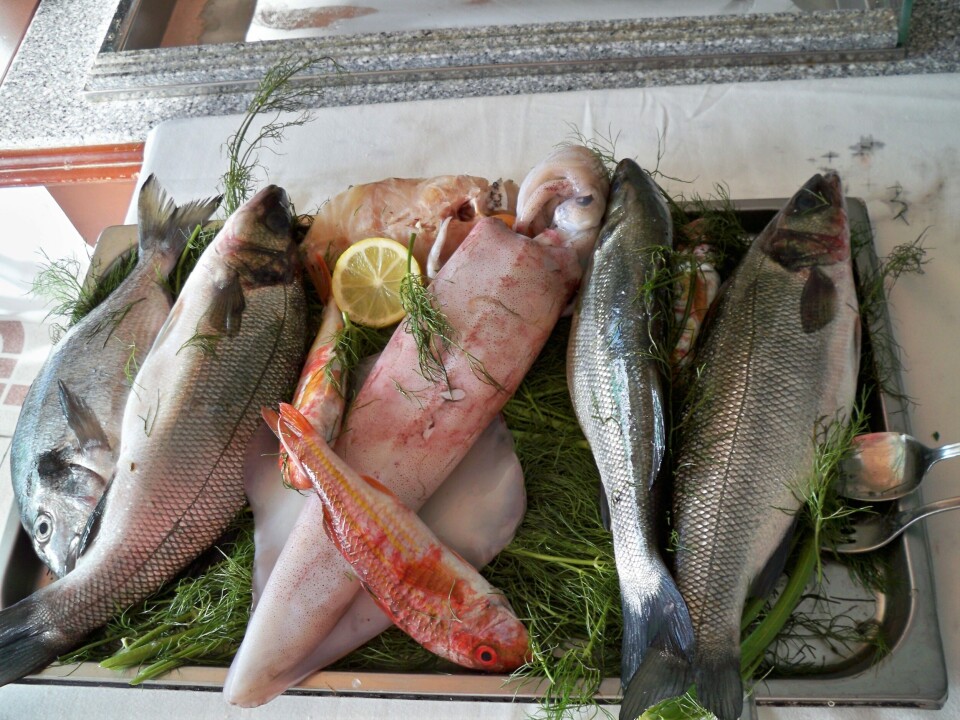
Seafood production estimated to grow due to aquaculture
According to its web site, the Rockville, Maryland-based company Global Industry Analysts, Inc. (GIA) “is a U.S. based world leader in business intelligence and strategy support. GIA is the world`s largest market research company with the largest portfolio of published off-the-shelf research content in the form of 500+ Global Strategic Business Reports ; 14,000+ Business Segments and 27,000+ Company Profiles”. It has produced reports about everything between mattresses and nuclear power.
According to a recent release posted on PRWeb, GIA announces the release of a comprehensive global outlook on the Commercial Fishing Industry. Driven by the growing perception of seafood as an extremely healthy diet featuring less fat, cholesterol and high protein content, coupled with innovations in seafood production/transportation, capture fisheries and aquaculture worldwide is forecast to witness robust growth in the upcoming years.
GIA says that there are a variety of factors that could increase the consumption of fish and seafood, long-term. These have been impacting the industry for some time, and will continue to boost consumption when the economy picks up. “In part due to sustainability issues, the seafood industry is beginning to shift from wild harvest to aquaculture, the production of aquatic plants and animals under grower-controlled conditions. Aquaculture is growing rapidly in many countries, particularly China, Chile, and Thailand. Total world production is estimated by the Food and Agriculture Organization (FAO) of the United Nations”.
The report continues, acknowledging that “Aquaculture is one of the fastest growing food industries in the world today and has been the driving force behind the growth in the seafood industry”. Fish is considered as a main protein source for over one billion people in developing countries and accounts for nearly 7.5% of the world's food production. Commercial fishing offers large-scale employment. Several new regulations are mostly combined with international treaties and different fishing allocation schemes including individual fishing quotas, which aim to generate efficiency and restrict the fishing activities. International markets for fish and seafood products are dominated by high-value aquatic species such as shrimp, tuna, salmon, gadiformes (cod, etc.), bream and bass. Several high-volume and low-value species are also traded extensively in large quantities. The species that recorded highest growth rates in the last few years such as tilapia and catfish are chiefly produced for export purposes.
The Pacific Ocean encompasses the largest ocean area for harvesting of fish. The Northwest Pacific represents a key market for commercial fishing activity in terms of productivity, contributing about a quarter of the world's total marine catches. The Southeast Pacific is the second-largest area with prominent species such as Anchoveta, the South American pilchard, and the Chilean jack mackerel. The Western Central Pacific and the Northeast Atlantic together account for a quarter of the total global catch.
Although the market for marine products is growing at a robust rate, production is falling short of soaring consumption levels. The world market for aquatic products is suffering a supply crisis due to rising levels of per capita consumption. As wild captured fisheries cannot meet the future demand for fish, the only option to meet this demand is through aquaculture. The insufficient populace of wild fish to meet the global appetite is forcing aquaculture industry to increase fish farming in order to narrow the gap between demand and supply. Subsequently, aquaculture has registered steady growth since late 1960s. The sector currently accounts for a substantial share in the international food market for fish for human consumption. However, in the upcoming years, sophisticated management of wild fish stocks will result in a continuous supply of species like Pollock, wild salmon, Pacific cod, and halibut.
The worldwide success of farmed fish and shellfish will support the supply and availability of the products. The production of farmed catfish, trout, salmon, and cultured shrimp throughout the world will continue to boost the world supply. The commercial fishing industry is currently dominated by developing countries and this trend is expected to continue in the coming years. The primary reason for this is that contribution by seafood products towards protein consumption is more in developing countries compared to developed countries.
Demand for fish is expected to continue upwards in the coming years. Growth in demand would be significantly higher in the Asia-Pacific region, especially China. In 2010, the average annual fish consumption per person was pegged at 34.2 kilogram, increasing by about 35% over an estimated 25.4 kilogram in 2008. Owing to tighter fishing regulations across the world, supply of inland and marine fish would remain sluggish through the next few years. On the other hand, fish prices are estimated to stay firm fueled by increasing demand in the worldwide markets, and tighter regulations and limited supply of certain widely consumed fish species.






















































